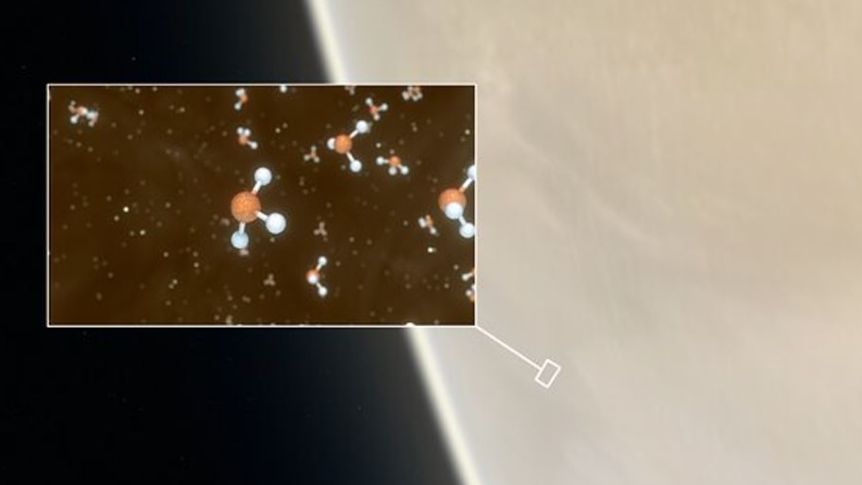Main menu
You are here
Home ›Possible Life on Venus – What does it mean for Australia as we learn more about life in the Solar System?
Mars Society Australia congratulates Prof. Jane Greaves and her team from Cardiff University for their remarkable and historic research published today in Nature Astronomy indicating the strong possibility of microbial life in the clouds of Venus.
This unexpected discovery not only has enormous implications for further exploration and search for life throughout the Solar System but also for the investigation into the origins of life on Earth.
While Venus seems at first too inhospitable a place for life to survive, recent discoveries have identified it in other extreme environments on Earth that were also considered too harsh. These include both hot and acidic environments. Some of the earliest signs of life on Earth were found in the Pilbara region of Western Australia in old hot spring deposits dating almost 3.5 billion years.
"Our Solar System has numerous other words which could harbour life. Spacecraft have explored and searched for life on Mars both from orbit and directly on the surface dating back to the NASA Viking landers in 1976 through to the recently launched NASA 2020 Mars Mission. The Perseverance rover and Ingenuity helicopter drone due for arrival at the Jezero crater on the Mars in 2021. After previous Mars rovers confirmed habitual regions, NASA’s number one goal for this mission’s primary objective is to determine whether life ever existed on Mars.” Said Earl White, Mars Society Director and Vice President.
Dr. Jonathan Clarke, Mars Society Director and President added –
"We continue to find life on Earth where we thought it simply impossible. The long-awaited confirmation of life outside our home planet has today possibly inched closer to reality. While in no way a clear confirmation of life at Venus, it's certainly a hint at what may be there and one that will immediately push researchers to look deeper into the results. "

"The discoveries announced today about the existence of phosphine at Venus will also intensify the search for life already underway in many other parts of the Solar System. Like on the discoveries in the Pilbara here on Earth, we can no longer rule out the existence of past or maybe even current life in even the most hostile regions. These include Titan, the largest moon of Saturn as well as Jupiter’s moon Europa. This is the only body in the Solar System apart from Earth to have a confirmed liquid ocean. NASA’s Europa Clipper is due for launch in 2024 to explore this world. With possible life on Venus, this and other planned missions will become even more important to our understanding of life in all its complex forms.
Where will this lead? Nobody knows for sure." Continued Dr Clarke.
"However Australia with its fast-developing space industry, world class astronomers as well as our burgeoning astrobiology community will be well placed to take advantage of the rush to learn more that will quickly follow on from today."
For expert media commentary on Australian space science and astrobiology (the study of life beyond Earth) please feel free to contact:
Dr. Jon Clarke, Swinburne University, Director and President Mars Society Australia – president@marssociety.org.au
Dr. Siddarth Panday, Head, Centre of Excellence in Astrobiology at Amity University, Director and President Mars Society Australia - spandey@mum.amity.edu

